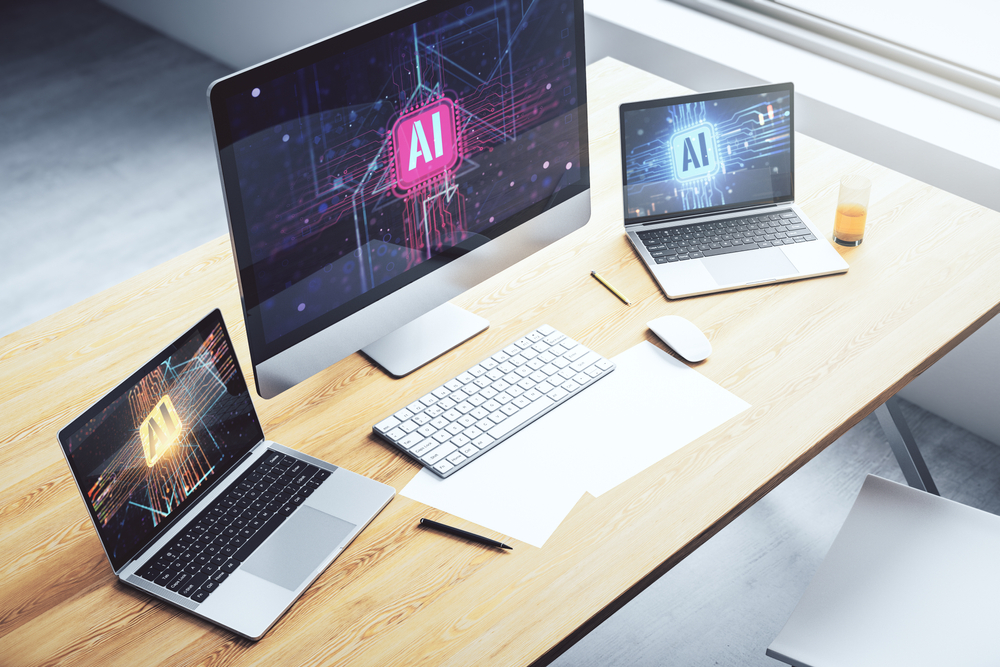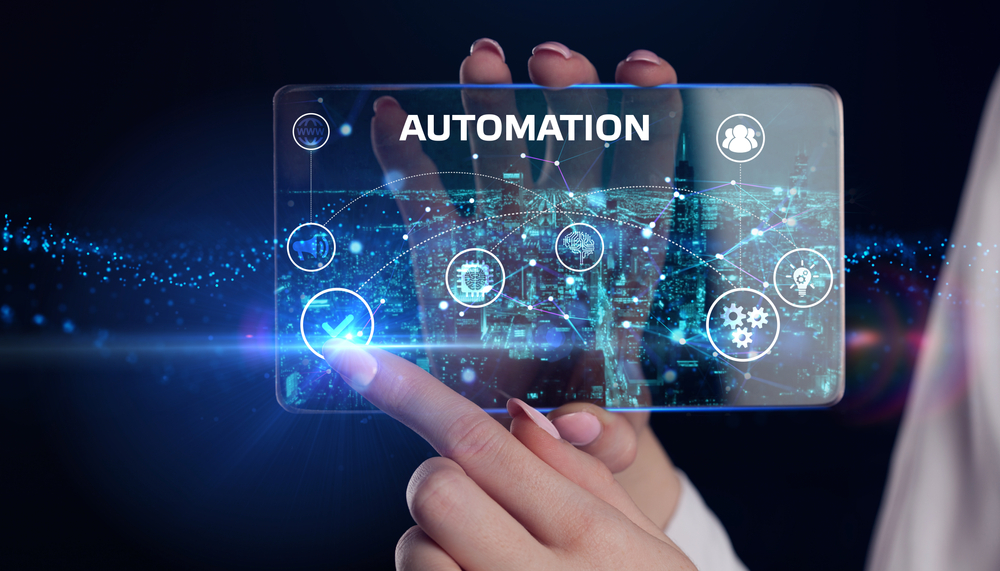AI Technologies Needed to Achieve True Automation in Banking
- The banking industry is excited about AI potential
- There is a difference between AI and automation
- Broad AI implementation minus a clear strategy is likely to be a wasted investment
Forbes Magazine features a post by Julien Villemonteix, the CEO of UpSlide, which is a software company that creates documents for investment banking and financial advisory firms.
He notes that the banking industry is abuzz with excitement over the potential of artificial intelligence (AI) to transform the sector. With the global AI market projected to reach $826 billion by 2030, banks are rushing to embrace this new technology. However, industry leaders must approach AI investments with caution.

AI for Automation
Mr. Villemonteix makes a compelling argument that there is a distinction between AI and automation.
One critical distinction that often gets lost in the excitement is the difference between AI and automation. While automation attracts less hyperbole, it offers a proven strategy for enhancing efficiency. It doesn’t command the same headlines, but it’s capable of delivering benefits without the added risks associated with AI. For many banks, embracing automation might actually be the smarter choice—offering cost savings and security that AI can’t guarantee at this stage.
He goes on to note that "70% of IT leaders in investment banking are squandering a quarter of their budgets on poorly utilized software."
Unfortunately, true automation cannot be achieved without more powerful technologies like AI. Take check processing as a prime example: While the industry celebrated accuracy and read rates of 85% as straight-through processing, there was still a portion that needed manual intervention.
However, the industry only recently achieved true automation and straight-through processing with the introduction of AI for check processing. This technology achieves over 99% accuracy and read rates, truly automating this back-end function.

The Future of AI in Banking
When it comes to AI, banking leaders must ask how the technology will be applied to yield tangible returns. Broad AI implementation without a clear strategy is likely to result in underutilized technology and wasted investments.
Mr. Villemonteix goes on to note:
While many articles in the coming months will paint AI as the magic bullet for banking in 2025, we must remember that sound investments require careful consideration and a focus on tangible returns. Ultimately, the question isn’t whether AI is the future of banking; it’s about understanding its role in conjunction with automation. As we look ahead, leaders must ask themselves which approach will yield the greatest value for their institutions in a rapidly evolving landscape.
This is why banking leaders who leverage our OrboAnywhere with OrbNet AI technologies are seeing tangible results -- eliminating the need to have staff dedicated to manual intervention.
As the industry continues down the AI adoption path, banking leaders must focus on use cases that yield the most benefits.